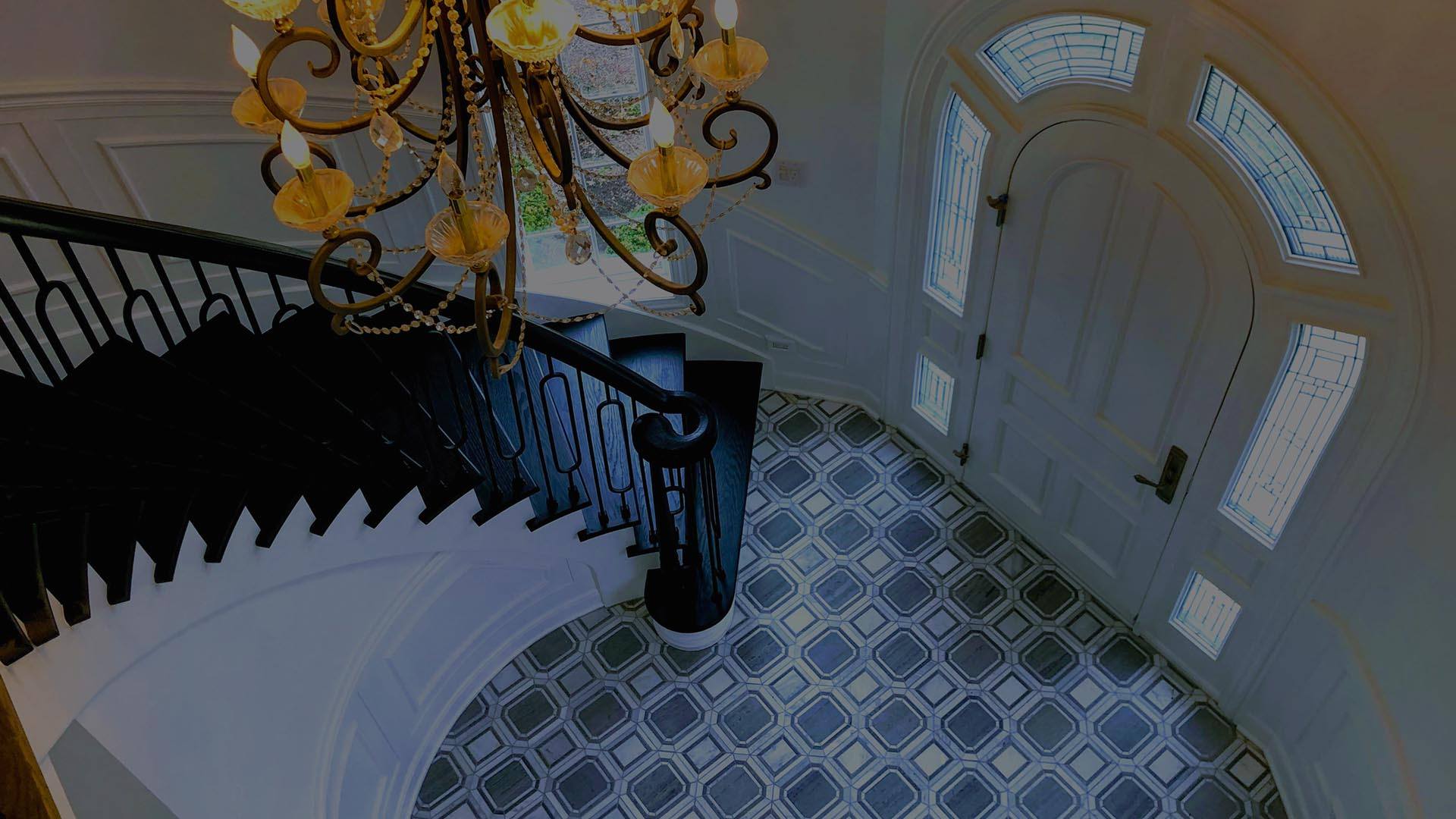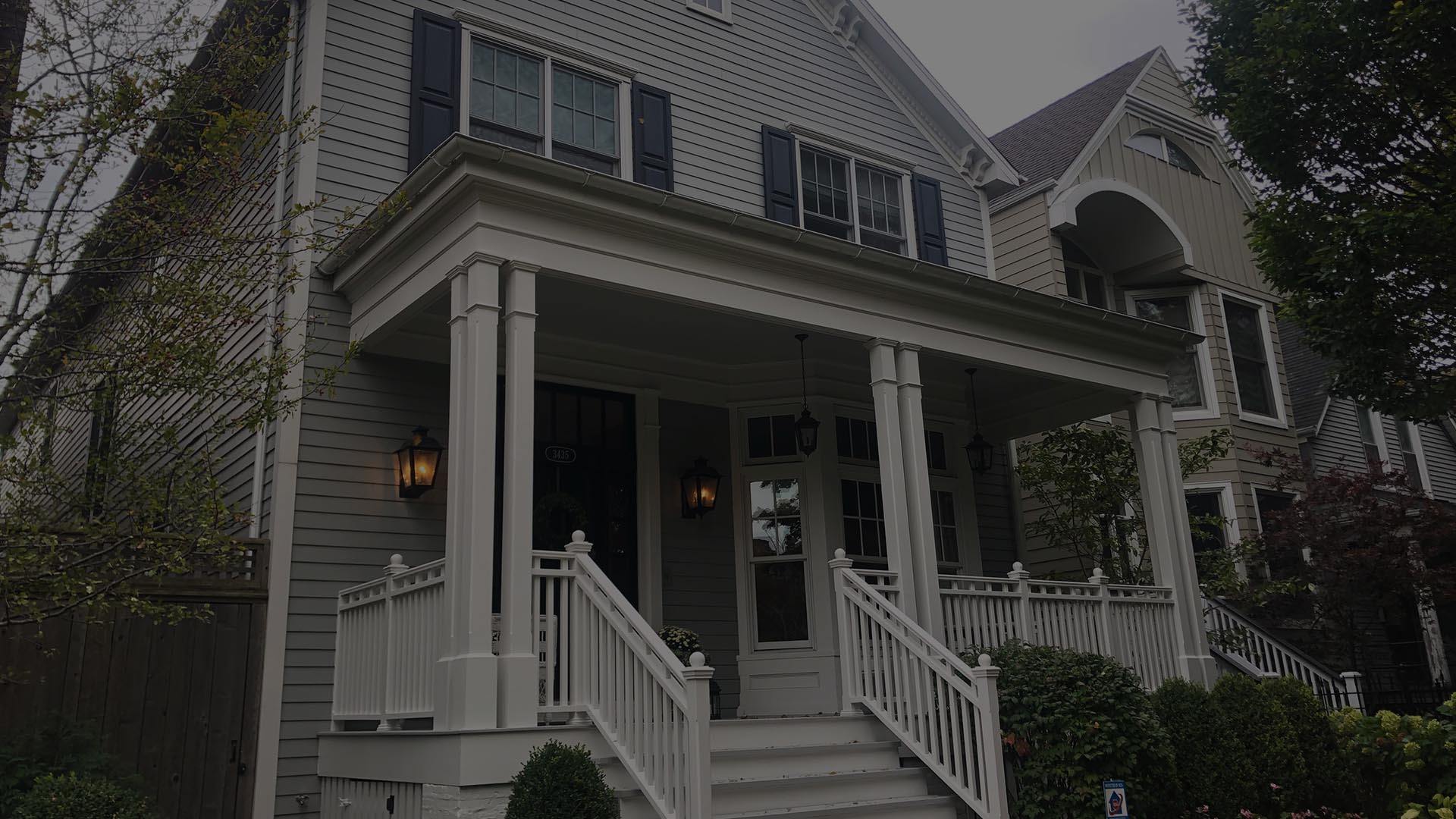Interior Painting Tips For Small Rooms

When you’re ready for interior painting, you’ll need to choose the colors you want first. If you plan to paint a small space, realize that the colors you choose will stand out. For interior painting, there are some ways you can transform the cramped and tiny space into something grand.
Depending on the architectural and interior design style that already exists in your home, you can highlight the features you want. You can create a great new look with your interior painting that will go well with the rest of the house, whether the room is large or small.
Small rooms can seem more spacious than they are. Using a light color scheme will make the interior space look bigger, while dark colors will make the walls appear closer together. Choose semi-gloss or gloss, depending on how much light reflection you want in the design.
Interior Painting – Trick The Eye With Color
Small rooms can seem more spacious than they are. Using a light color scheme will make the interior space look bigger, while dark colors will make the walls appear closer together. Choose semi-gloss or gloss, depending on how much light reflection you want in the design.
Creating an optical illusion is what you’re after. As an interior painting contractor, we use semi-gloss paint on nearly everything. Creating light, brightly painted walls that are reflective is key. When light plays off a gloss or semi-gloss painted area, it helps to give the space an open feeling because the surfaces augment the effect of natural light.
Easy Way To Pick 3 Colors For Interior Painting
Cream, ice blues, fresh light greens, pretty rose or orange-tinted tans, and more will look great as an interior painting color scheme. Choose the darkest shade you’re willing to try and get that shade. Choose a lighter shade that is the same color or complementary and two shades lighter. For the third color, choose a white or off white to use on trim work.
You can choose a darker shade now for a small accent wall in an irregular shaped bathroom. Visually, the dark wall should stay at the back so that when you see the room from the doorway, the darkest color is the furthest away; otherwise, that dark wall will hit you in the face visually as you walk in.





